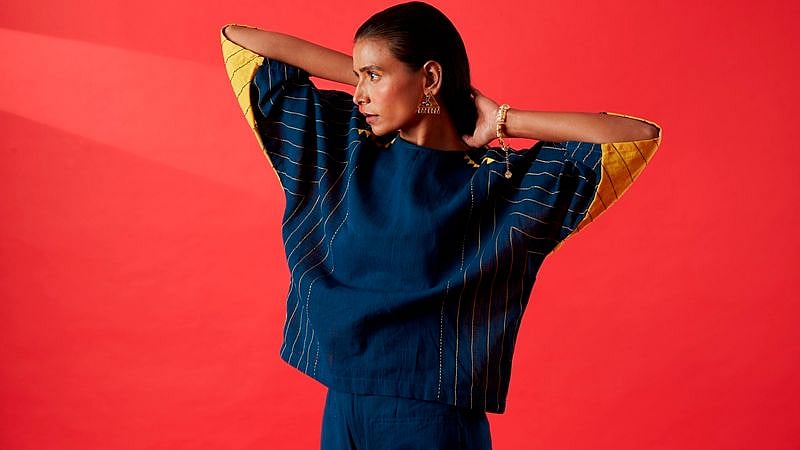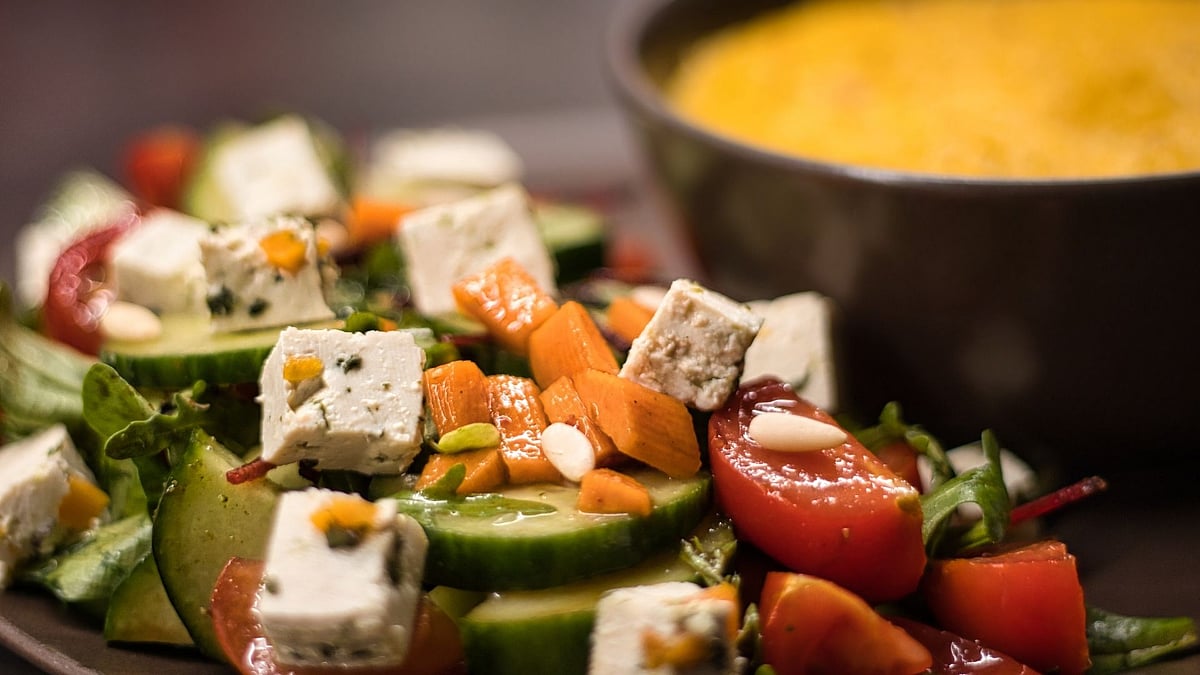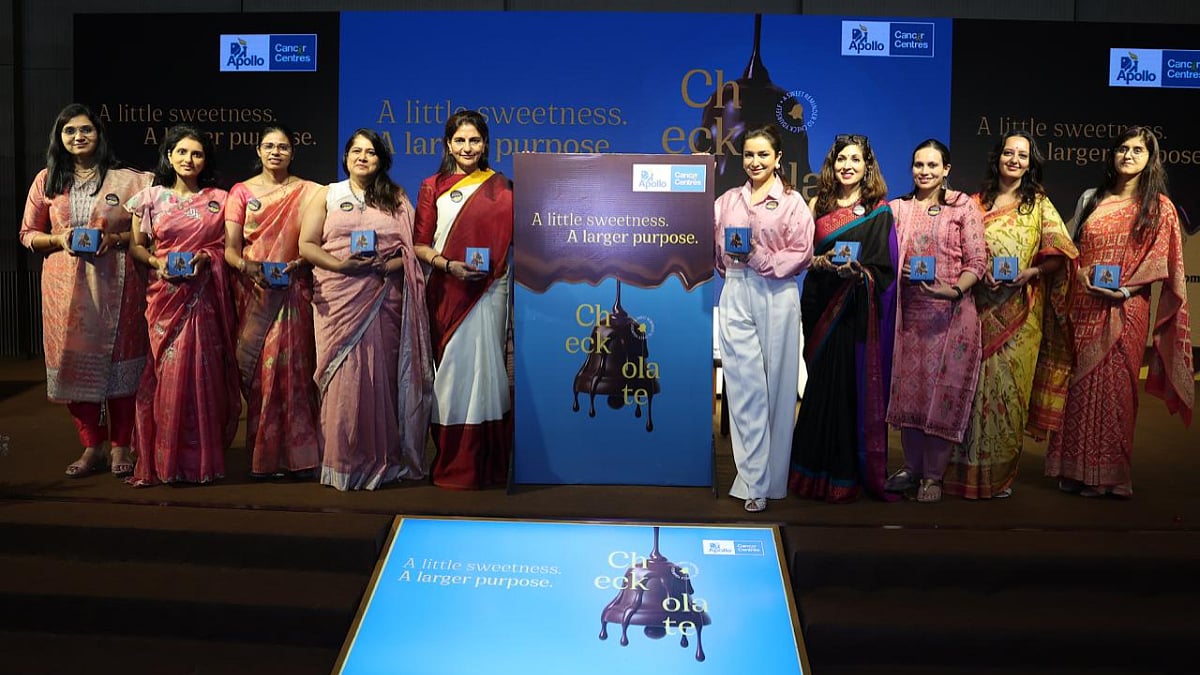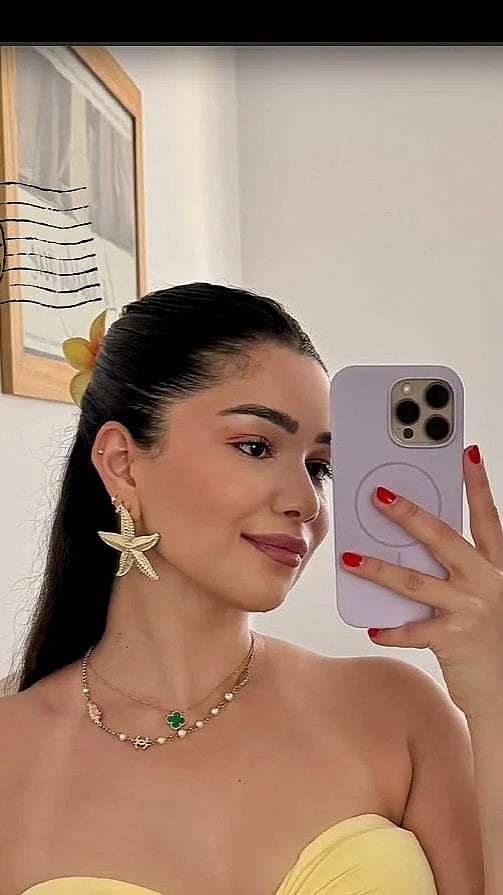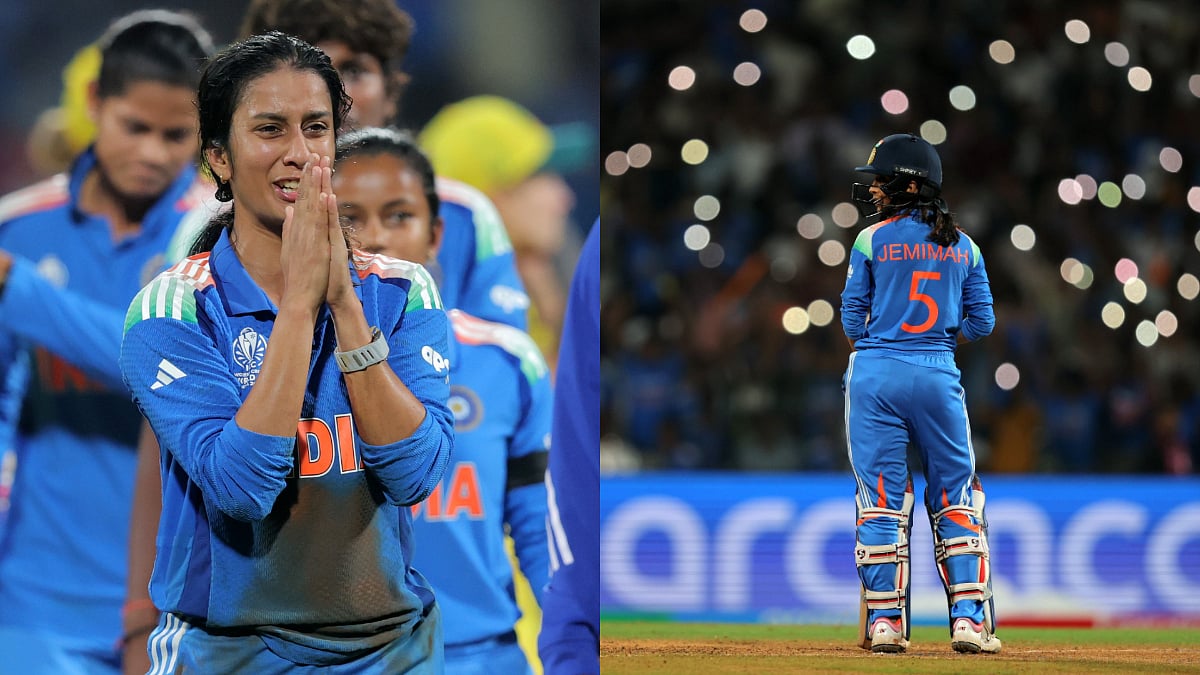Launched in 2021, Amritsar-based fashion label Aab is a passion project of Shreya Mehra, a media graduate from the London School of Economics and Political Science. Within a year the brand has become one of the most popular choices for antique beauty of intricately hand-embroidered pieces. The label is in the news for reinterpreting and reviving the heritage hand embroideries of Phulkari in its latest collection, Trikon. Recreating the phulkari embroidery in contemporary styles while adhering to traditional processes, each piece from the collection is painstakingly created with hand-woven fabrics similar to the antique Phulkari done on Khaddar. We caught up with founder Shreya Mehra to find out more about their latest collection, Trikon.
Tell us about your latest collection.
Trikon is inspired by geometry and the intricate jaali work in Mughal architecture and the great pyramids .The geometry of the triangle, or Trikon represents a whole. A balance achieved through the linkage of forces. It symbolises creative output. A harmony of Energies coming together to evolve into something more meaningful. It is the visual representation of the mathematical patterns found everywhere in man, nature, and cosmos. From antique phulkari to Mughal Architecture and the great pyramids, this essence of geometry has inspired art across cultures and continues to do so. Merging that with the values of Aab, we launched the Trikon collection, a balance of cultural legacies and modern aesthetics.
What was the inspiration behind reviving the phulkari?
The idea to start Aab has it’s roots in my own struggle to find a piece of handcrafted Phulkari that I could gift my friends and family living elsewhere. I would go hunting in the streets of Amritsar, looking for that one piece which was handcrafted and was unique in its design. However, all I could find was all the same looking mass-produced dupattas. I had seen the antique pieces and knew the real beauty of the craft. And that’s when I thought, ‘If I can’t find it – why don’t I make it?'

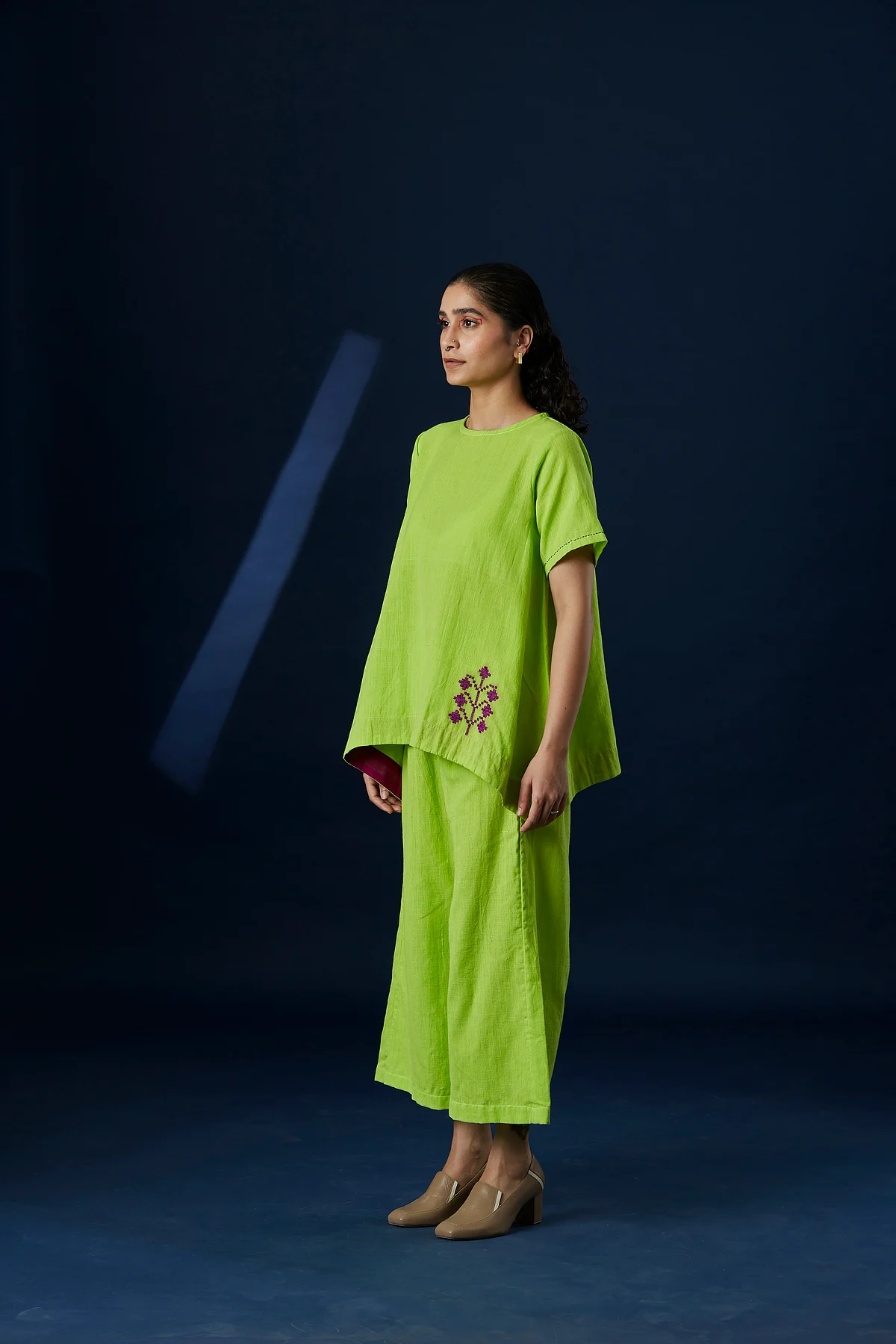
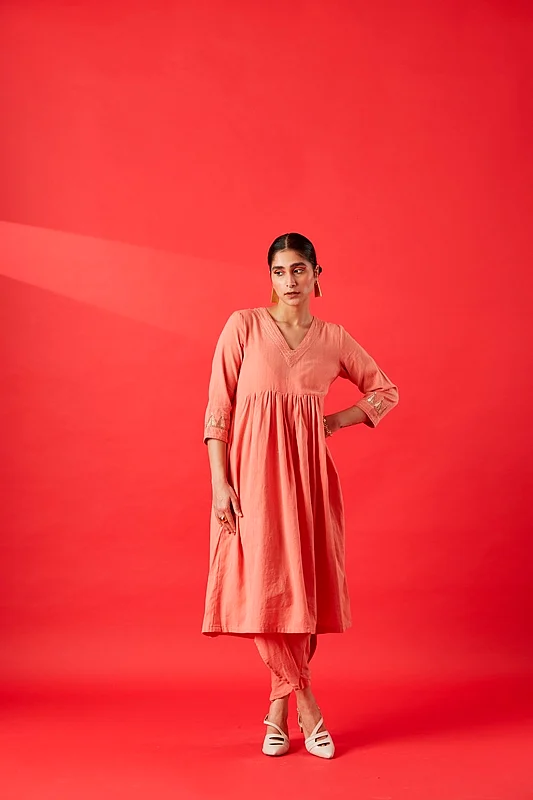
Are there any motifs or designs that are specific to this collection?
Each piece at Aab is skillfully handcrafted from handwoven cloth and hand-embroidered with illuminating patt silk thread using ancient Phulkari techniques. Baghs (all-over embroidered phulkaris, almost like a floral garden), Darshan Dewars (which were replete with architectural motifs and meant to presented at Gurudwaras), Sainchis (narrative embroideries which depicted scenes of routine village life and included human motifs), Thirmas (which were embroidered on plain white khaddars for elderly women and widows), and Chopes (which were presented to a girl by her maternal grandmother on her wedding day) are among the five different and gorgeous forms of Phulkari patterns that Aab draws inspiration from. It is attempting to broaden the craft's reach beyond conventional dupattas to include flexible everyday wear.
Take us through the colour-palate?
The silhouettes are a combination of classic and contemporary. Aab is catering to everyone from a young teenager to people in their 50s. One can find a range of classic straight fit dresses to fit and flare ones. Flounce sleeves with cuff details are a major part of this collection. Co-ord sets are versatile and can be paired with a lot of things in one's existing wardrobe. Our collection also includes Kurtas, Kaftans with flowy and fluid fit that are comfortable and stylish for everyday wear, and anti-fit outfits that include a range of festive wear. The colour palette is a fine blend of bright as well as muted shades and has everything from varieties of checks and stripes to solid shades. While the patt silk threads used are bright and bold - a defining characteristic of antique Phulkari pieces.
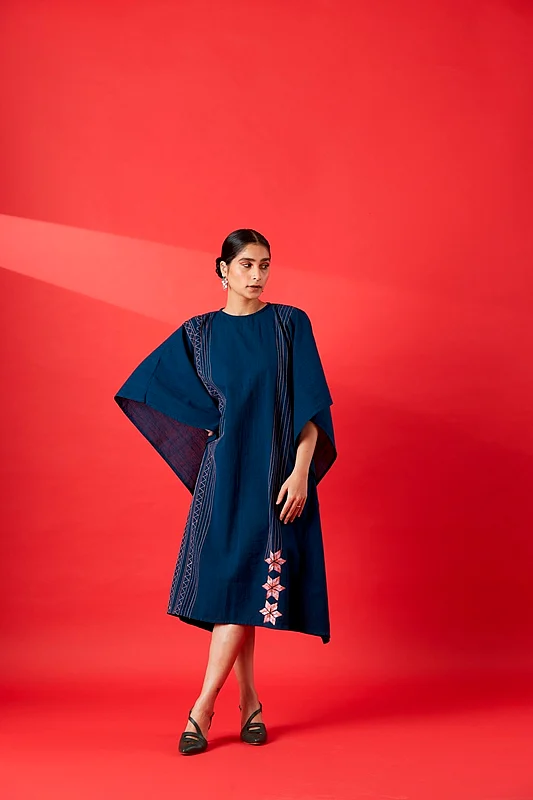
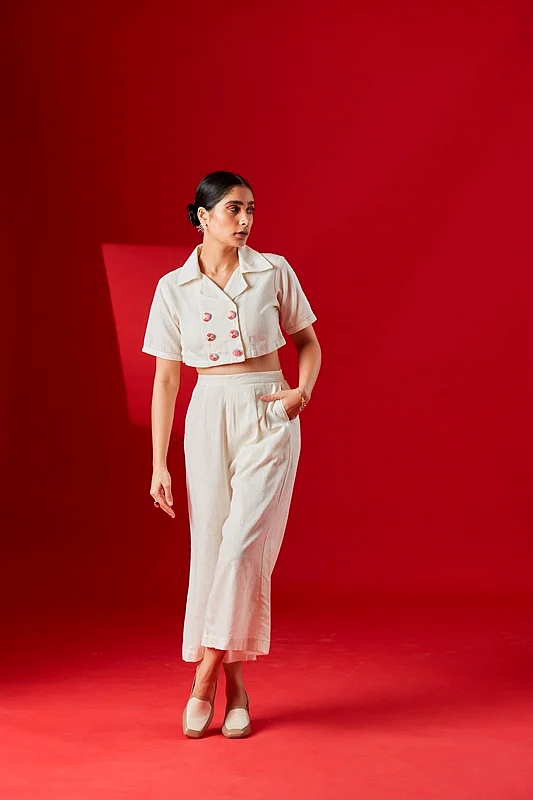
We are talking about sustainability and recycling in fashion to a great extent, how do you ensure that in your collection?
All pieces are hand-embroidered, handwoven, sustainable, recycled, and made from khaddar cotton fabric. Matsya, our collection, was made from recycled fabric and handwoven on looms, reducing electricity waste. For every 100 metres of recycled handwoven fabric consumed, 92kg of CO2 is avoided, 126,000 litres of water is saved, and 30kg of waste is recycled. Our most recent collection, Trikona, is made with naturally dyed khaddar cotton fabric with traditional techniques. About 40% of our fabrics are naturally dyed, and 50% of the products have been crafted using certified Khadi/Khaddar fabrics.
What silhouettes can we look forward to?
We are focusing on introducing more Kaftans and anti-fit silhouettes, and being more inclusive of Indian body types.
